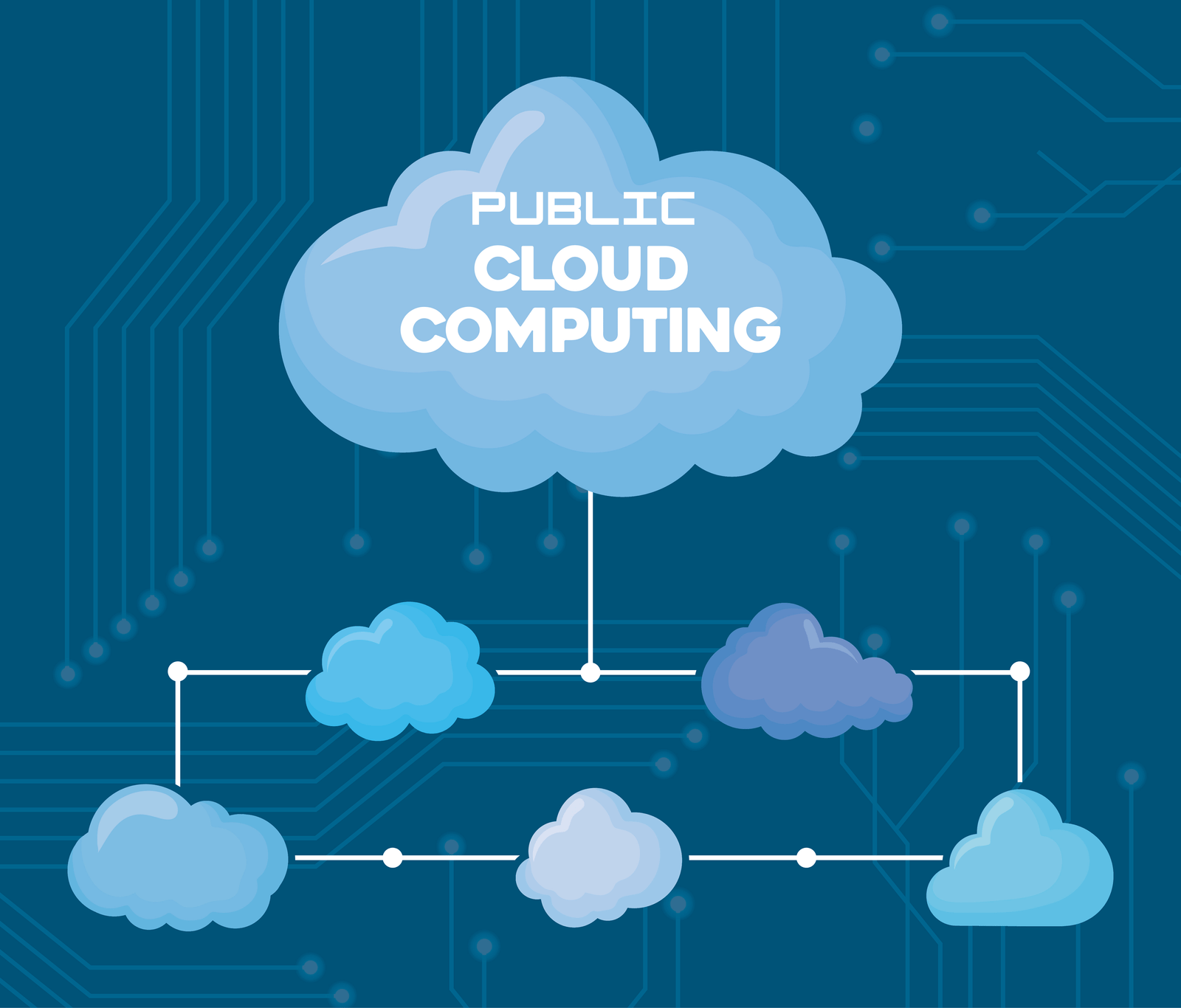In a society driven by technology, figuring out how to navigate the cloud has come to mean figuring out how to navigate our digital future. With its solid magical infrastructure, cloud computing is heralding a paradigm change in the dynamics of computing. It provides entry to a world where conventional constraints dissolve and are replaced by limitless creativity and effectiveness.
Fundamentally, cloud computing frees people and companies from the limitations of on-premises technology by extending beyond geographical borders. This game-changing technology promises accessibility, scalability, and adaptability like never before, enabling businesses to flourish in a quickly changing digital environment. The capability of the cloud to democratize computing power and provide equal footing for creativity regardless of size or resources is what makes it so appealing to businesses and entrepreneurs alike.
Traveling through the clouds on this adventure reveals a sky full of opportunities. It represents a revolution in our understanding of computation, teamwork, and creativity as well as a change in the technical landscape. Come along as we uncover the future of computing and all of its unlimited possibilities as we explore the vastness of the cloud.
What is cloud computing and how does it works?
A paradigm known as “cloud computing” allows access to a variety of resources, including servers, storage, databases, and software, via the internet, eliminating the need for infrastructure to be installed locally. Users can take advantage of flexible and scalable solutions and only pay for the resources they really utilize.

A network of distant servers that are connected to the internet and host data, apps, and services is how cloud computing works. Users can flexibly scale resources to meet changing needs by tapping into this infrastructure on demand. This distributed paradigm facilitates seamless cooperation and creativity by improving efficiency and flexibility. Cloud computing transforms computer dynamics by eliminating the limitations of physical infrastructure, freeing up enterprises to concentrate on expansion and innovation while cutting costs.
Public, Private and Hybrid Cloud
Stepping into the cloud opens up a world of possibilities in contemporary computing. Both public and private clouds, with their shared resources and exclusive domains, as well as the smart combination of the two in hybrid environments, provide distinct benefits in terms of scalability, security, and flexibility.
Public Cloud: Public cloud services are made available to numerous users on a pay-per-use basis via the internet by third-party providers. These services offer resources including storage, processing power, and applications. Because of its common infrastructure, organizations of all sizes can offload IT operations and concentrate on their core skills while still benefiting from cost-efficiency, scalability, and accessibility.

Private Cloud: A private cloud is a specific cloud environment that is utilized just by one company and can be hosted on-site or by a third party provider. In comparison to public cloud alternatives, it provides improved security, control, and customisation. Enterprises with stringent data privacy and compliance needs prefer private clouds because they offer more infrastructure autonomy while maintaining the scalability and flexibility of the cloud.

Hybrid Cloud: Data and apps may travel between public and private clouds with ease thanks to hybrid cloud technology, which includes aspects of both. With the unmatched flexibility this strategy provides, businesses can take advantage of the public cloud’s scalability and cost-effectiveness while keeping sensitive data and important workloads in-house. Hybrid cloud solutions address a range of business requirements and changing IT environments by offering a strategic balance between security, control, and agility.

Benefits of Cloud Computing
1. Scalability: Unmatched scalability is provided by cloud computing, enabling companies to easily scale resources up or down in response to demand. Organizations can effectively handle varying workloads thanks to this agility, which guarantees peak performance without going over budget.
2. Cost Efficiency: Cloud computing drastically lowers IT expenses by doing away with the requirement for upfront expenditures in physical infrastructure and providing pay-as-you-go pricing options. By just paying for the resources they use, businesses can avoid the costs of upkeep and upgrades for gear located on-site.

3. Accessibility and Flexibility: Anywhere with an internet connection can access data, apps, and services remotely thanks to cloud computing. This accessibility encourages cooperation between geographically separated teams and gives workers the freedom to work at their own pace, which boosts output and creativity.
4. Reliability and Security: Prominent cloud providers make significant investments in redundant infrastructure and strong security measures to guarantee high availability and data protection. Cloud computing provides unmatched dependability and security with its sophisticated encryption, automated backups, and disaster recovery capabilities, providing organizations with piece of mind in an increasingly digital environment.

Future Trends of cloud computing

A number of upcoming developments are expected to influence the direction of cloud computing as it develops further. Edge computing, which brings processing capacity closer to end users to lower latency and improve performance for cutting-edge technologies like 5G and the Internet of Things, is expected to become more popular. Furthermore, by abstracting infrastructure management, serverless computing is changing development methodologies and allowing developers to concentrate just on code. Workload placement will become even more diverse as hybrid and multicloud techniques gain traction, improving both performance and cost-effectiveness. Additionally, the integration of AI and machine learning into cloud platforms will facilitate intelligent automation and decision-making, enabling companies to innovate at scale and extract important insights in the age of digitization.
Conclusion
To sum up, cloud computing is the cornerstone of the contemporary digital transformation since it provides unmatched accessibility, cost-effectiveness, and scalability. The cloud is still changing how businesses run and create, from the flexible deployment options of public, private, and hybrid clouds to the cutting-edge trends influencing its future. Through the utilization of technology and keeping up with new developments, companies can enhance their competitiveness, efficiency, and adaptability in a constantly changing environment. Businesses should embrace cloud computing as a strategic requirement that opens up endless possibilities and long-term success in the digital world.
Adlivetech website design services create a perfect blend of design aspects for its clients to design a masterpiece that can convey a brand message and curve a strong digital presence of the business.
DM us for any query and quick help.
Email: info@adlivetech.com
Whatsapp: Link
